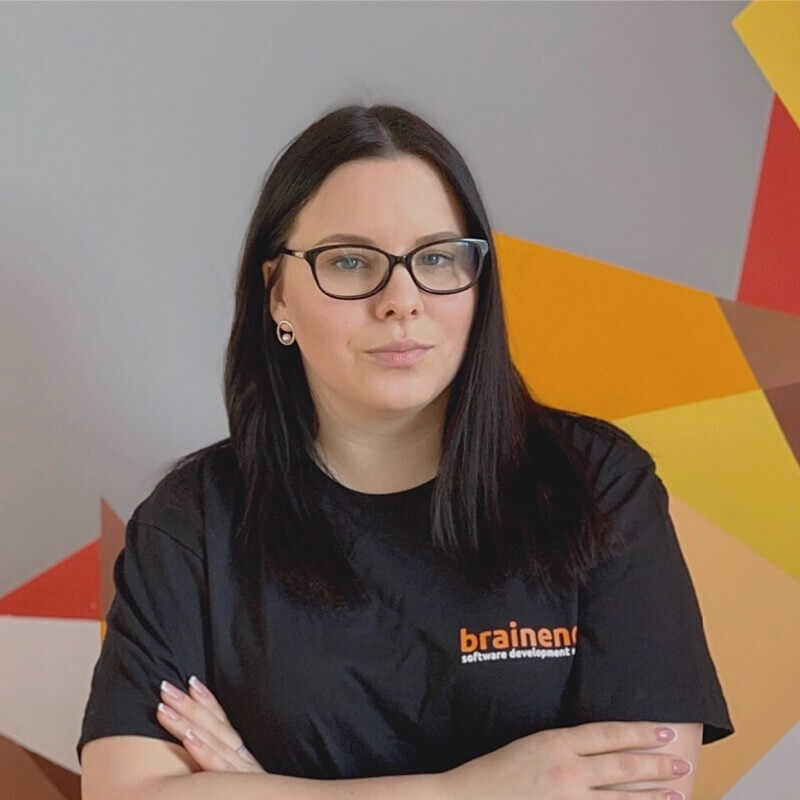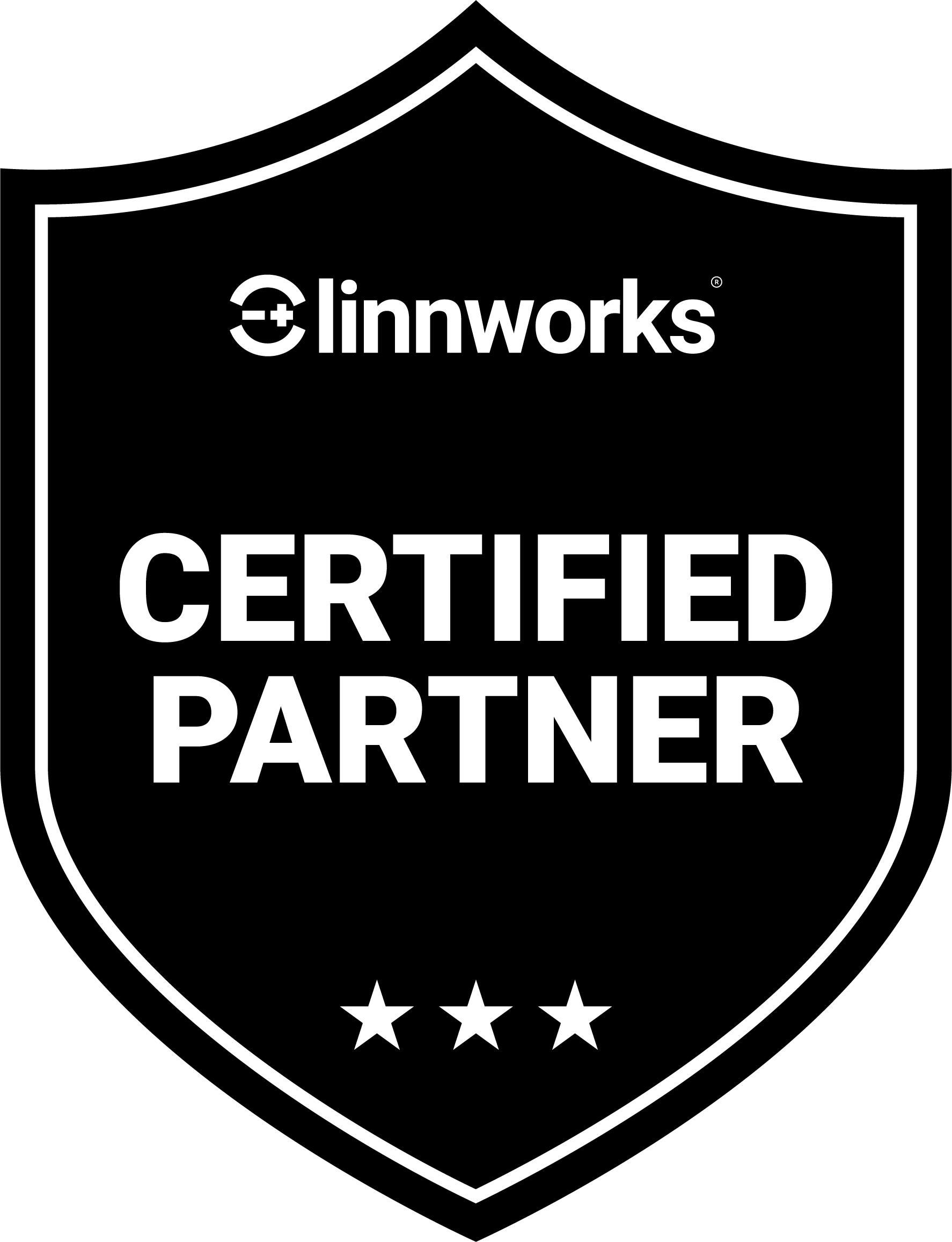We often hear the same request from businesses: how can they automate and streamline their processes? The answer is simple: customization.
Surprisingly, many businesses don’t realize they can customize their software.
Yes, you can customize your off-the-shelf software to fit your exact needs.
For over five years, we’ve fulfilled numerous customization needs as an official partner to Linnworks, a multichannel order, inventory, and warehouse management solution for e-commerce operations.
Our COO, Anna Vasylko, says clients usually come to us with two main requests:
- Enable their software to perform new functions.
- Scale their customization team or hire one to handle customer requests.
To help clients automate and streamline processes, we’ve launched our customization development service.
It’s simple: Brainence assembles a team to handle everything—from integrations and database interactions to embedding third-party apps and creating standalone automation apps—while you focus on your core business goals.
Read on to learn how a customization team integrates with your in-house team, handles requests, and delivers valuable business benefits.
What is customization?
Customization means adapting software to align perfectly with your operations and goals.
Off-the-shelf software may serve your business initially. But as your business evolves, so do its needs.
There’s a risk that generic software won’t support your growth or adapt to changing requirements. Eventually, you’ll need to automate some processes, add new functionality, and scale up to boost productivity. That’s where customization comes in.
It involves making modifications that aren’t available through out-of-the-box functionality, often requiring changes to the code and specialized expertise to execute.
Customizing software typically involves custom coding and, in some cases, custom implementation. This can present challenges you need to address now and in the future.
To tackle customization effectively, you’ll need a customization team.
What is a customization team?
A customization team consists of experts dedicated to your customization projects. They work closely with you to grasp requirements and deliver tailored solutions.
The team size varies based on your needs, ideally comprising of:
- project managers
- software developers
- quality assurance engineers.
You have two options for building a customization team:
- Rely on your in-house resources, where your core development team handles customization requests, or hire new team members if needed.
- Hire a white-labeled customization team from an outsourced company. This saves you from dealing with the hiring process and disrupting your core processes.
If you decide to assemble a customization team from scratch, remember it shouldn’t take months. For example, at Brainence, if we have suitable specialists available, we can assign them within a week. Otherwise, our process takes up to four weeks to assemble a team ready to tackle software customization requests.
When to engage a customization team?
Scenario 1: Your customization team is overwhelmed
If your in-house customization team is overwhelmed with requests, it’s time to consider seeking external support.
Scenario 2: You lack talents
Conversely, if you lack the resources to handle all the customization requests, outsourcing to a dedicated team can be a viable solution.
Scenario 3: You need to build a team from scratch
Another option is to partner with a reliable customization partner. By entrusting custom solution development to an external team, you can focus on your core business objectives without compromising on the quality or timely delivery of customized solutions.
How can you customize your off-the-shelf software solution?
You have the freedom to make your software look and work the way you want it to. Typical customization solutions include:
- Custom-built applications
Tailored software solutions designed from scratch to meet unique business requirements. These applications can streamline workflows, improve efficiency, and enhance productivity.
These are automated scripts or macros created to automate repetitive tasks or add functionality to existing software. For example, in spreadsheet software, macros can automate data entry tasks or perform complex calculations.
Custom integrations are developed to connect different software systems and streamline data exchange. Integrating various software tools allows for seamless communication and improves overall efficiency.
These are custom plugins or extensions developed to add specific features or functionality to existing software applications. For instance, browser extensions can enhance browsing by adding new tools or functionality.
- Dashboard and reporting tools
Custom dashboards and reporting tools provide insights into key performance indicators (KPIs) and facilitate data-driven decision-making. They can be tailored to display relevant metrics and analytics based on your business requirements.
How does a customization team work with you?
Customizing software to meet your needs or your clients’ requirements shouldn’t take much time and effort.
At Brainence, we follow a tried-and-tested collaboration process to deliver efficient and timely customization solutions.
Step 1: Analysis
We schedule a discussion to understand your requirements and project goals.
Step 2: Strategy and assessment
In a day or two after the initial meeting, we provide a development strategy, timeline, and quote.
Step 3: Customization development
Our experts handle all stages of development, from gathering requirements to deployment and support. We also establish and oversee the process for you to request custom features or add-ons from your customers.
Simple projects typically take up to one week to deliver, while complex ones may require two or three weeks, depending on your needs.
Step 4: Delivery
We deliver the customized solution while you focus on your business objectives. Our team ensures the project meets your needs and is ready for presentation to your customers.






